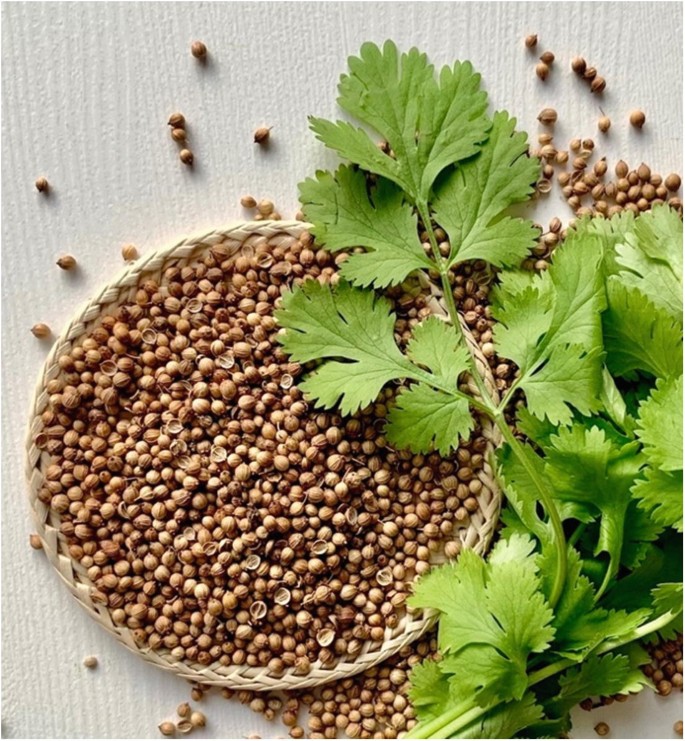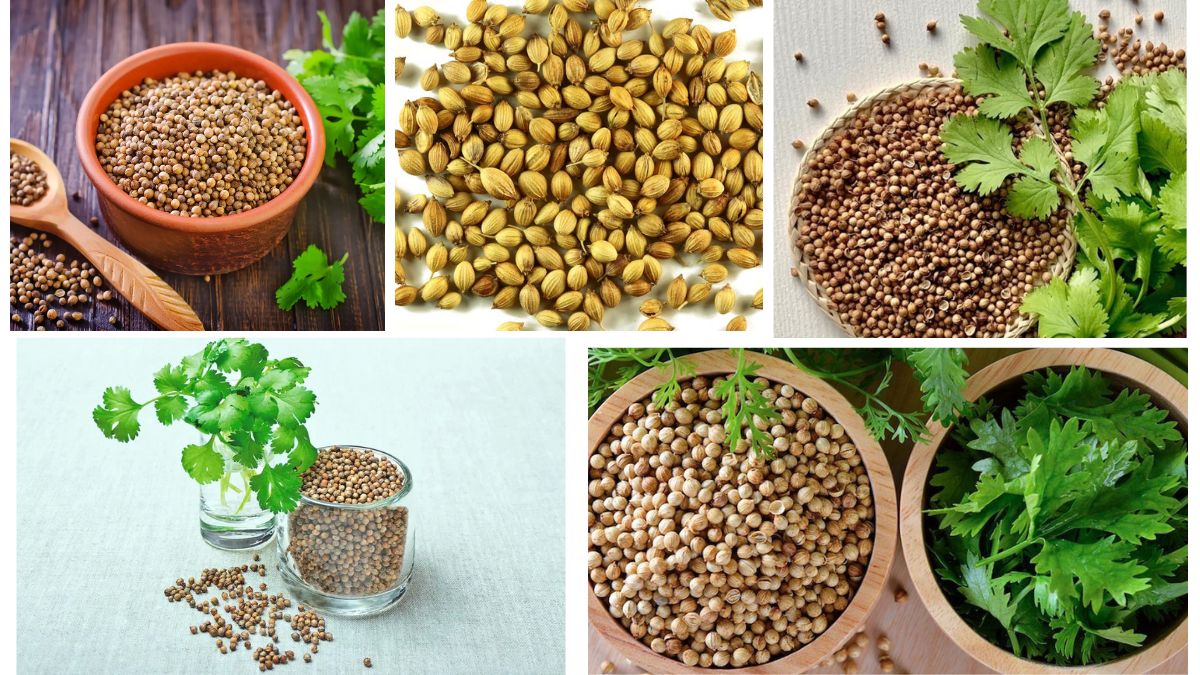Coriander, also known as cilantro or Coriandrum sativum, is a staple spice and herb used across the globe. From seasoning curries in India to garnishing tacos in Mexico, coriander plays a vital role in the culinary world. Its seeds, leaves, and even roots are all edible and contribute to its versatile use in cooking. Given its global demand, it’s no surprise that several countries are engaged in its large-scale cultivation. But which country stands at the top as the largest coriander producer in the world? The answer is India.
This article delves deep into coriander production, explaining why India leads the way, how it’s cultivated, and what economic and cultural factors contribute to its dominance.
Understanding Coriander: A Valuable Spice

Coriander is both an herb and a spice. The fresh leaves are commonly referred to as cilantro, while the dried seeds are the spice known as coriander. It thrives in moderate climates and is relatively easy to grow, making it a popular crop in various countries.
Coriander is not only valued for its flavor but also for its medicinal properties. It is rich in antioxidants, helps in digestion, and is believed to regulate blood sugar levels. Due to this, the demand for coriander is not limited to food—it also plays a role in traditional medicine and nutraceuticals.
Global Production Overview

Coriander is cultivated in many countries including India, China, Russia, Morocco, Egypt, and Mexico. However, in terms of total volume and area under cultivation, India is the undisputed leader, accounting for more than 80% of global coriander production.
According to data from the Food and Agriculture Organization (FAO) and the Indian Ministry of Agriculture, India produces more than 550,000 metric tons of coriander annually, followed by smaller contributions from countries like Iran, Egypt, and Morocco.
India: The World’s Largest Coriander Producer

India’s leadership in coriander production is due to several key factors:
1. Favorable Climate and Soil
Coriander thrives in dry, cool weather and well-drained loamy soil—conditions that are abundantly available in several Indian states. The primary coriander-producing states in India include:
- Rajasthan – The largest contributor, accounting for more than 60% of national production. The districts of Kota, Baran, and Bundi are known for high-quality coriander seeds.
- Madhya Pradesh
- Andhra Pradesh
- Gujarat
- Tamil Nadu
2. High Domestic Demand
India’s love for spices is well-documented. Coriander is a core ingredient in nearly every Indian spice blend and curry. The high domestic consumption provides a stable market for farmers and encourages more acreage under coriander cultivation.
3. Government Support
Government schemes under the National Horticulture Mission and Spice Board of India offer subsidies for spice cultivation. Farmers are supported through quality seed distribution, technical know-how, and market linkage programs.
4. Coriander Seed Quality
Indian coriander seeds are known for their rich aroma and essential oil content, making them highly valued in both domestic and international markets. Rajasthan’s Eagle and Double Parrot varieties are especially popular among spice traders.
Cultivation Cycle of Coriander in India

The coriander crop typically follows this cycle:
- Sowing Time: October to November
- Harvesting Time: February to March
- Irrigation: Minimal, usually two to three waterings
- Yield: Approximately 800-1200 kg per hectare
The ease of cultivation, short crop cycle, and low investment make it an attractive choice for small and medium-scale farmers.
Coriander Exports from India
India is not just the largest producer but also a key exporter of coriander. Major importing countries include:
- Malaysia
- USA
- United Arab Emirates
- Indonesia
- Sri Lanka
According to the Spices Board of India, coriander exports from India totaled more than 45,000 metric tons annually in recent years, generating significant foreign exchange revenue.
India’s coriander exports are facilitated through ports in Mumbai, Chennai, and Kandla, and are often processed in spice parks to ensure quality and compliance with international food safety standards.
Other Major Coriander Producers

While India leads the world, other countries also play notable roles in coriander cultivation:
1. Iran
Iran produces coriander primarily for domestic use and for export to Middle Eastern countries. Its coriander has a slightly different flavor profile and is often used in Persian cooking.
2. Egypt
Egypt is a major player in the African coriander market. With its fertile Nile Valley, it grows coriander for both local consumption and export, especially to European countries.
3. Morocco
Morocco grows coriander as part of its broader spice and herb industry, often exporting to France and other EU nations.
4. Russia and Eastern Europe
These countries produce coriander on a smaller scale, mostly for local culinary and medicinal uses.
Economic and Cultural Importance of Coriander in India
1. Employment and Livelihood
Coriander cultivation provides employment to thousands of farmers, traders, and spice processors. It plays a vital role in the rural economy of Rajasthan and Madhya Pradesh.
2. Cultural Significance
Coriander is deeply woven into Indian culinary traditions. It’s used in everything from chutneys and pickles to curries and biryanis. Even religious offerings and festive dishes often include coriander as a symbol of purity and flavor.
3. Value Addition
With rising demand for organic spices, many Indian farmers are shifting toward organic coriander cultivation. Value-added products such as coriander powder, essential oil, and herbal extracts are gaining popularity, creating new opportunities in agro-processing.
Challenges in Coriander Production
Despite being the largest producer, India faces several challenges:
- Price Fluctuations: Farmers are often affected by volatile market prices.
- Pest Infestation: Aphids and powdery mildew can reduce yields.
- Post-Harvest Losses: Lack of storage and processing infrastructure in rural areas can lead to quality deterioration.
To address these, improved supply chains, warehousing facilities, and awareness programs are being introduced.
Conclusion
India’s dominance as the largest coriander producer in the world is built upon favorable climate, high domestic demand, agricultural expertise, and robust export infrastructure. From the sun-drenched fields of Rajasthan to spice racks in international kitchens, Indian coriander’s journey is a testament to the country’s agricultural strength and cultural connection to spices.
As global demand for natural and organic products grows, India is well-positioned to maintain and even expand its leadership in coriander production, securing both economic benefits and cultural pride.





